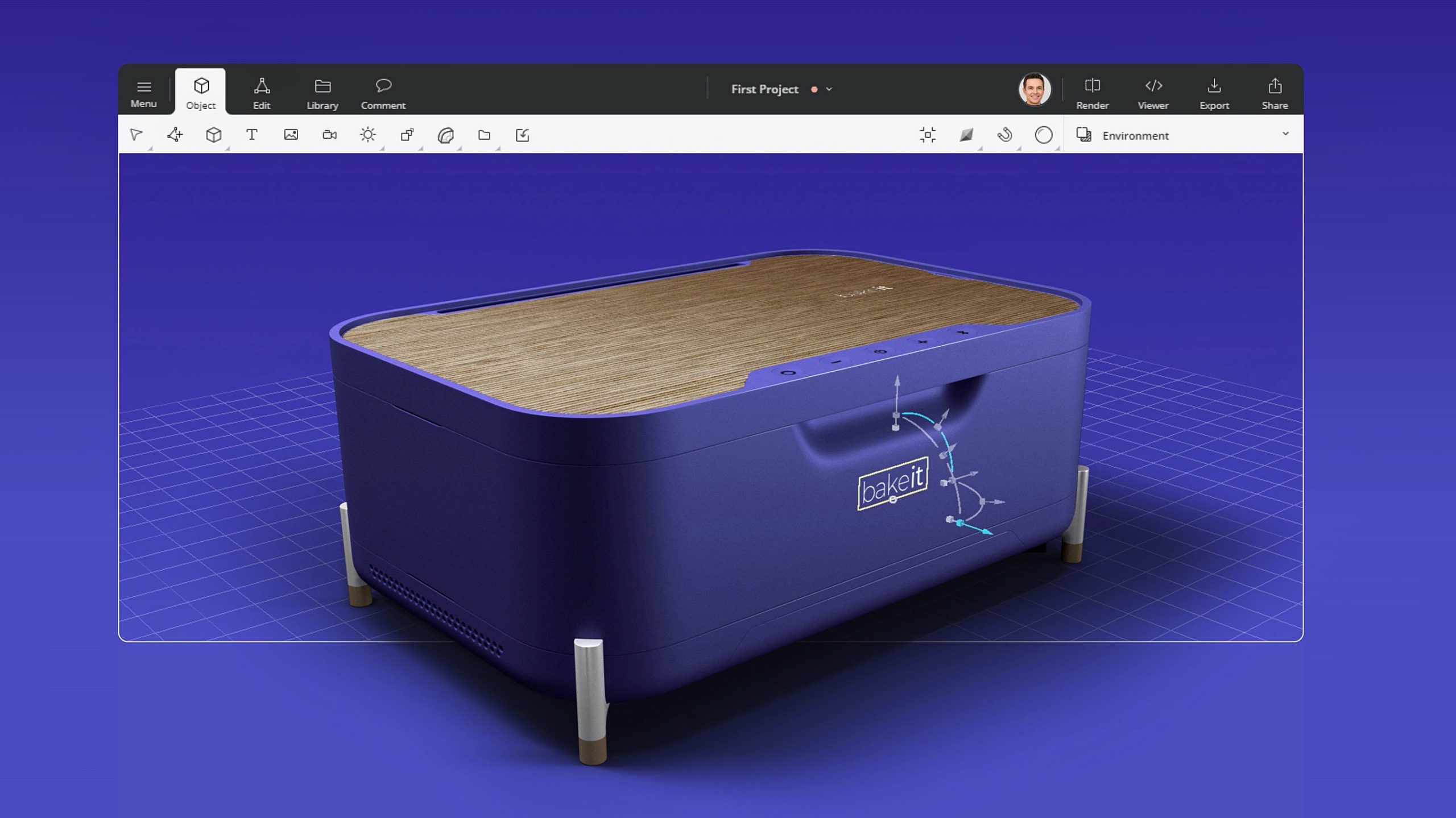Woodpecker Pricing: The Competitive Advantage Your Business Needs

Pricing strategies are crucial for businesses to survive and thrive in today’s competitive market. One such pricing strategy that has gained popularity in recent years is woodpecker pricing. Woodpecker pricing is a dynamic pricing strategy that allows businesses to adjust their prices based on the demand and supply of the product or service. In this blog, we will explore woodpecker pricing, its benefits, how to implement it, and how it can give your business a competitive advantage.
Understanding Woodpecker Pricing
Woodpecker pricing is a dynamic pricing strategy that allows businesses to adjust their prices based on the demand and supply of the product or service. Unlike traditional pricing strategies, woodpecker pricing is not static, and prices are adjusted in real-time based on the current market conditions.
The name woodpecker pricing is derived from the woodpecker bird, which taps on trees to find insects to feed on. Similarly, businesses using woodpecker pricing constantly tap into the market to adjust their prices based on the changing demand and supply of their products or services.
Woodpecker pricing differs from traditional pricing strategies, where prices are set based on the cost of production and a fixed markup. With woodpecker pricing, prices are not fixed and fluctuate based on market conditions. For example, if the demand for a product increases, the price of the product will increase as well. Conversely, if the demand for a product decreases, the price of the product will decrease.
Examples of woodpecker pricing in action include ride-hailing apps like Uber and Lyft, where prices surge during peak hours, and e-commerce websites like Amazon, which use dynamic pricing to adjust prices based on product demand.
Benefits of woodpecker pricing for businesses include maximizing profits by adjusting prices in real-time based on market conditions, increased customer loyalty through fair pricing, and staying competitive in a rapidly changing market.
Implementing Woodpecker Pricing
To implement woodpecker pricing, businesses must first identify the products or services that are suitable for dynamic pricing. Products or services with high demand and low supply are ideal for woodpecker pricing. For example, if a business sells concert tickets for a popular artist, the demand for the tickets will be high, and the supply will be low, making it a good candidate for woodpecker pricing.
Factors to consider when implementing woodpecker pricing include market demand, supply, competition, and production costs. Businesses must also consider the impact of dynamic pricing on customer perception, as customers may view sudden price changes as unfair or deceptive.
Best practices for implementing woodpecker pricing include setting clear rules for price adjustments, using data analytics to predict market trends and adjust prices accordingly, and testing and evaluating the pricing strategy regularly to ensure it is effective.
Common mistakes to avoid when implementing woodpecker pricing include setting prices too high or too low, neglecting customer perception, and failing to adjust prices in real-time based on market conditions.
Competitive Advantage with Woodpecker Pricing
Woodpecker pricing can give businesses a competitive advantage by allowing them to stay agile and responsive to market changes. With dynamic pricing, businesses can adjust prices in real-time, stay competitive with their pricing, and maximize profits by charging higher prices when demand is high.
Examples of businesses that have successfully implemented woodpecker pricing include e-commerce giant Amazon, which uses dynamic pricing to adjust prices based on the demand for products, and ride-hailing apps like Uber and Lyft, which use surge pricing to adjust prices based on the demand for rides.
Case studies and success stories of woodpecker pricing in action include Amazon’s use of dynamic pricing to increase profits by 25%, and Uber’s use of surge pricing to increase revenue by 10 times.
In addition to maximizing profits, woodpecker pricing can improve customer loyalty by offering fair and transparent pricing. By adjusting prices based on market conditions, businesses can avoid overcharging customers during low demand and ensure that prices are competitive during high demand. This can build trust with customers and improve brand reputation.
Moreover, woodpecker pricing can also help businesses stay ahead of the competition. By adjusting prices in real-time based on market conditions, businesses can remain competitive with their pricing and stay ahead of competitors who may be using traditional pricing strategies.
Implementing Woodpecker Pricing with the Help of Tools
Implementing woodpecker pricing can be challenging without the right tools and resources. Fortunately, there are several tools available that can help businesses implement dynamic pricing strategies effectively.
One such tool is kwfinder, which allows businesses to identify popular search terms related to their products or services. This can help businesses to gauge market demand and adjust kwfinder pricing accordingly.
In addition to these tools, businesses can also use data analytics tools to track market trends and adjust prices accordingly. These tools can help businesses to predict demand and supply trends, adjust prices in real-time, and optimize their pricing strategies for maximum profits.
Conclusion
Woodpecker pricing is a dynamic pricing strategy that allows businesses to adjust prices based on market conditions. By adjusting prices in real-time, businesses can maximize profits, improve customer loyalty, and stay ahead of the competition. To implement woodpecker pricing effectively, businesses must identify suitable products or services, consider market trends, competition, and customer perception, and use the right tools and resources to track market trends and adjust prices accordingly.
FAQs
Q: Is woodpecker pricing suitable for all businesses?
No, woodpecker pricing suits businesses that sell products or services with high demand and low supply. Businesses that sell products with stable demand and supply may not benefit from dynamic pricing strategies.
Q: How often should businesses adjust their prices with woodpecker pricing?
Prices should be adjusted in real-time based on market conditions. This could mean adjusting prices multiple times per day, depending on the product or service being sold.
Q: Can woodpecker pricing be perceived as unfair or deceptive by customers?
Yes, sudden price changes can be perceived as unfair or deceptive by customers. To avoid this, businesses must set clear rules for price adjustments and communicate changes to customers transparently and timely.
Q: What tools can businesses use to implement woodpecker pricing?
Businesses can use a range of tools, including kwfinder reviews and woodpecker reviews, to track market trends and adjust prices in real-time. Additionally, data analytics tools can help businesses predict market trends and optimize their pricing strategies.















